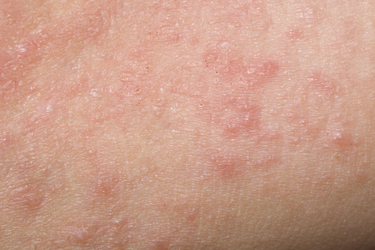Acute Dermal Irritation Response In White Sinclair And Hanford Miniature Swine
By Klein, J.A., Boley, S.E., Wakefield, G.A., Stricker-Krongrad, A., and Bouchard, G.F.

Acute dermal irritation was induced and assessed in white Sinclair and Hanford miniature swine (N = 2 per breed per study, all females, 3 to 4 months old) using various known human irritants at increasing concentrations. These studies, conducted as two pilot investigations—a single-dose study and a seven-day repeat-dose study—aimed to inform a larger validation study. During acclimation, designated dorsal areas of the animals were shaved, and topical dermal challenge sites were marked.
Each animal received 0.5 mL of the test compound applied to a 4 cm² area using gauze, which remained in place for four hours. Upon gauze removal (time 0), irritation responses were assessed using a modified Draize scoring system for erythema (0 to 4) and edema (0 to 4), with a maximum possible score of 8. Scoring was conducted at 1, 24, 48, and 72 hours post-exposure in the single-dose study, while in the repeat-dose study, scoring was performed one hour post-dose daily. The tested compounds included sodium hydroxide, formaldehyde, benzalkonium chloride, and sodium dodecyl sulfate, providing a comprehensive evaluation of acute dermal irritation responses in miniature swine.
Get unlimited access to:
Enter your credentials below to log in. Not yet a member of Drug Discovery Online? Subscribe today.
